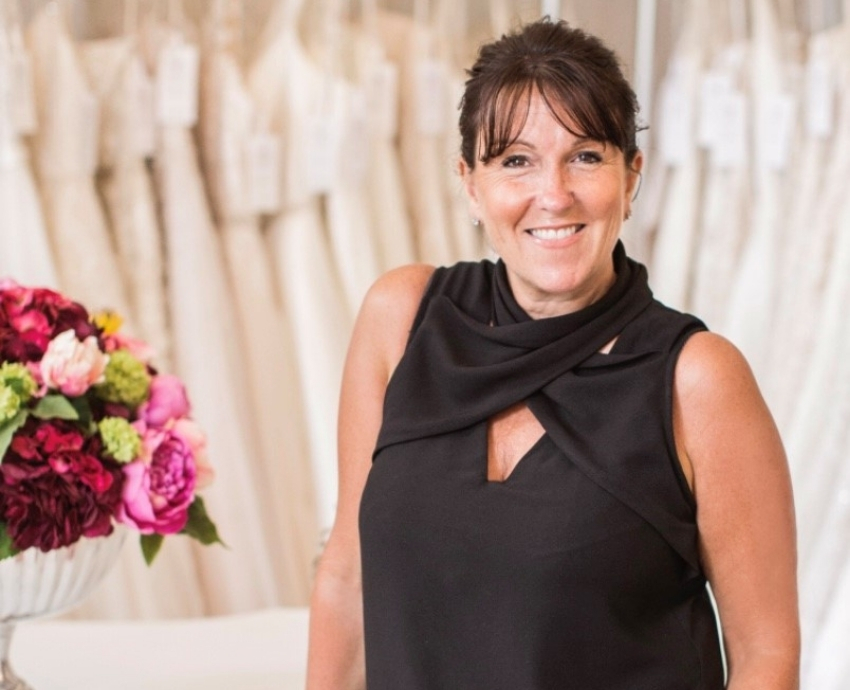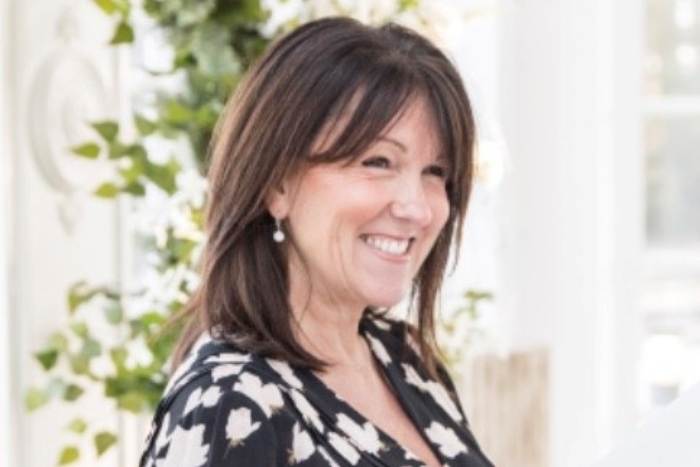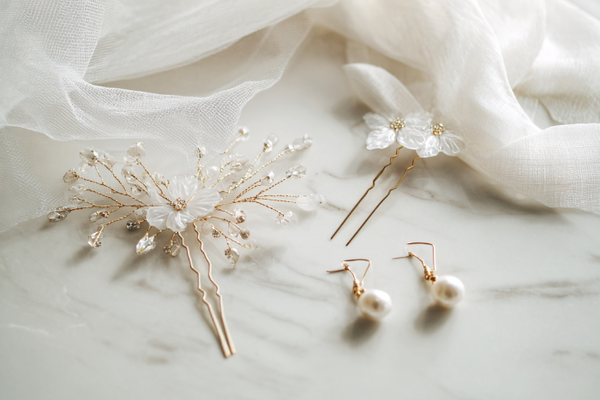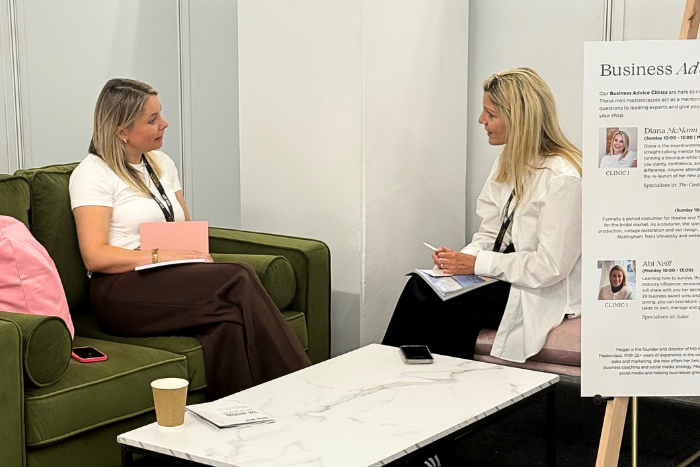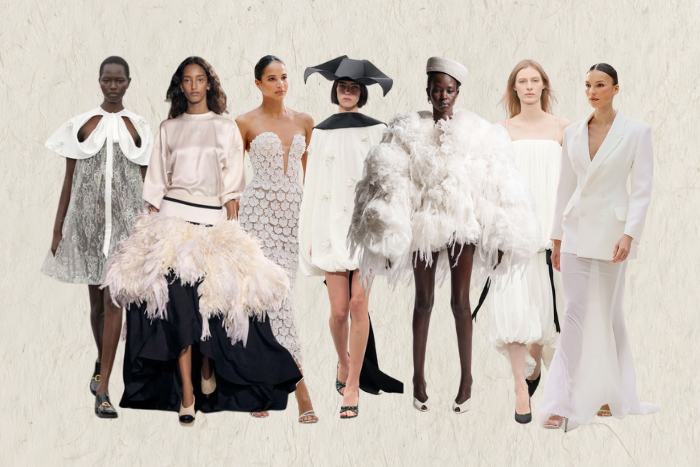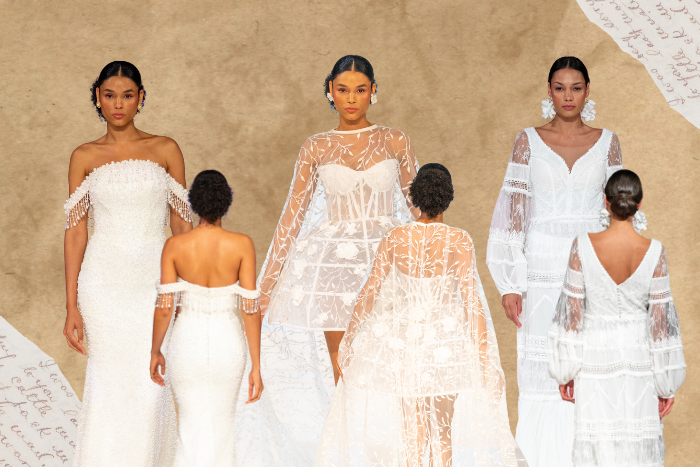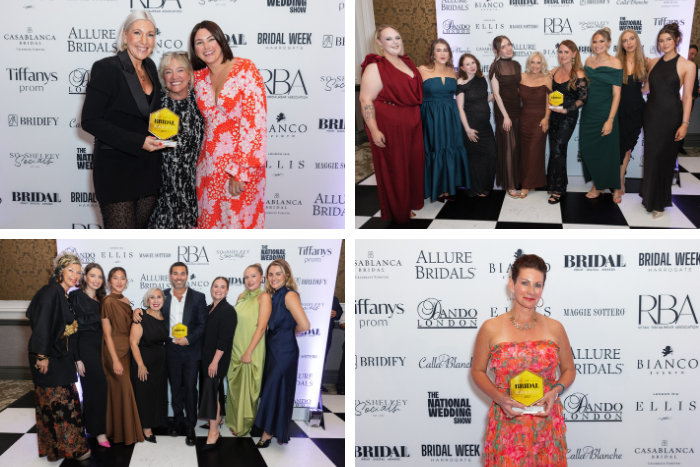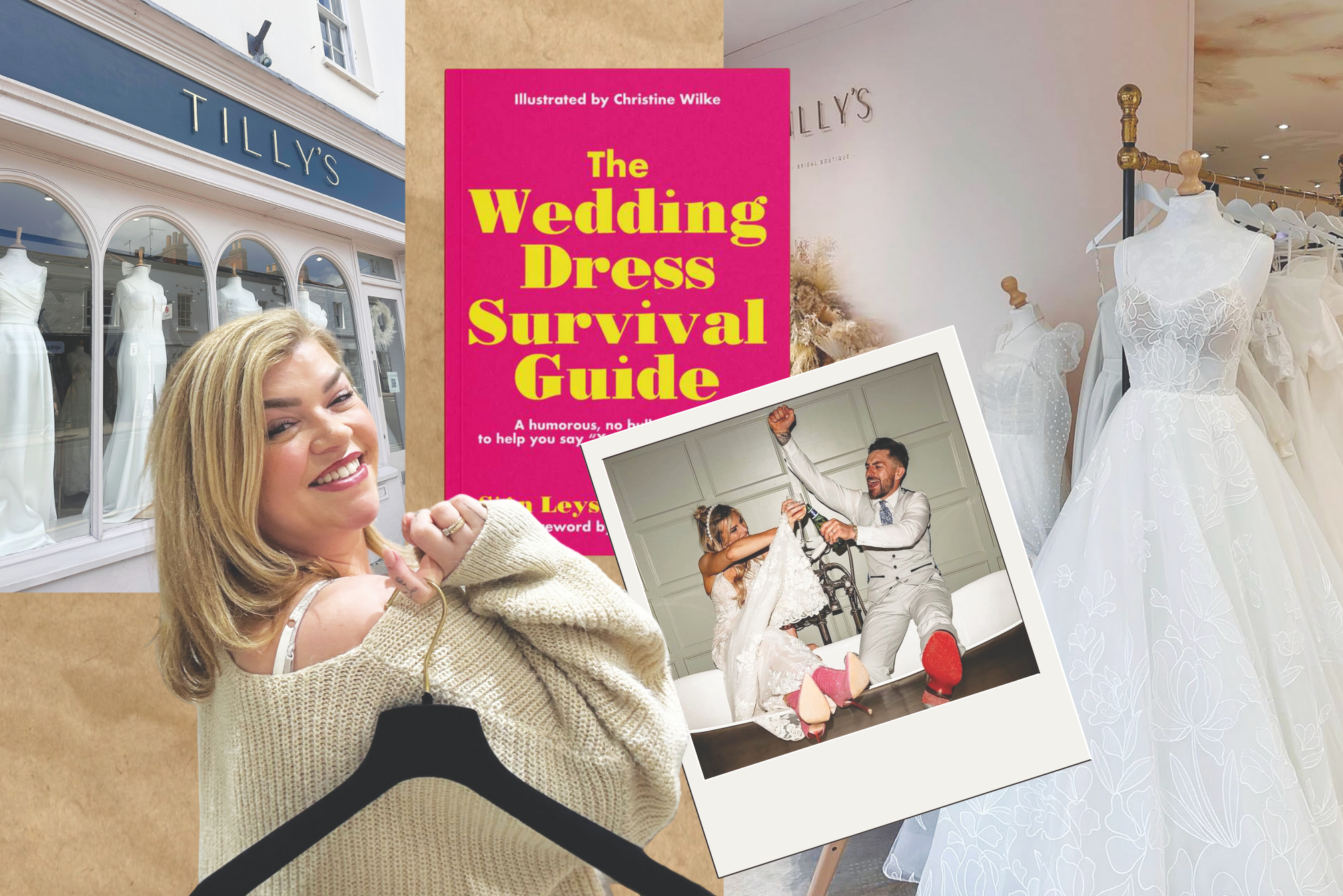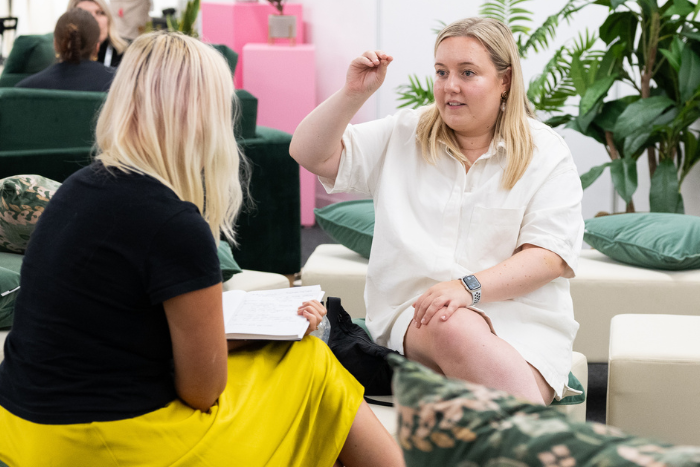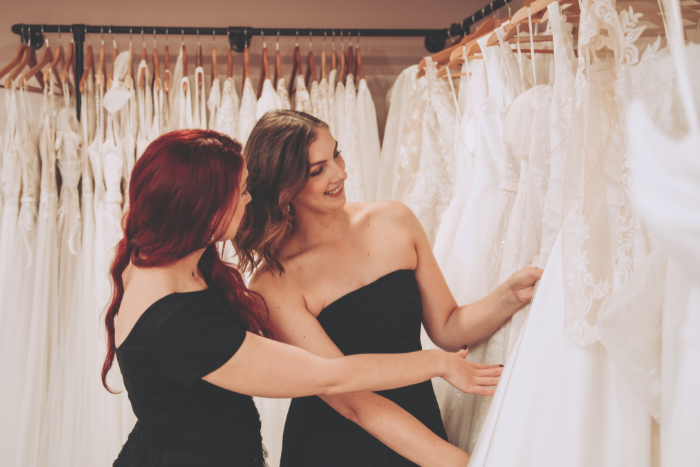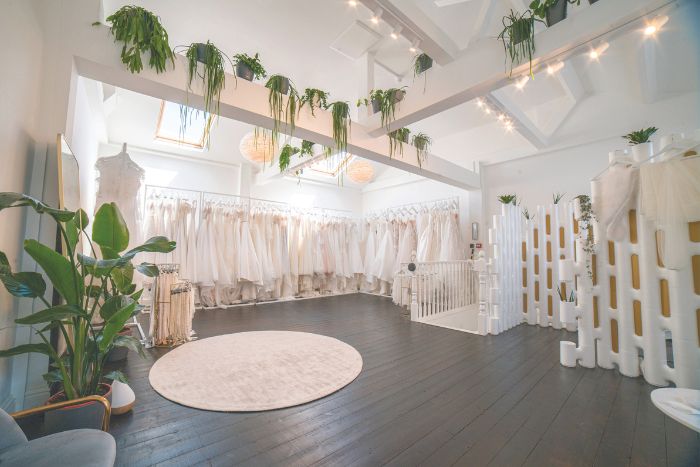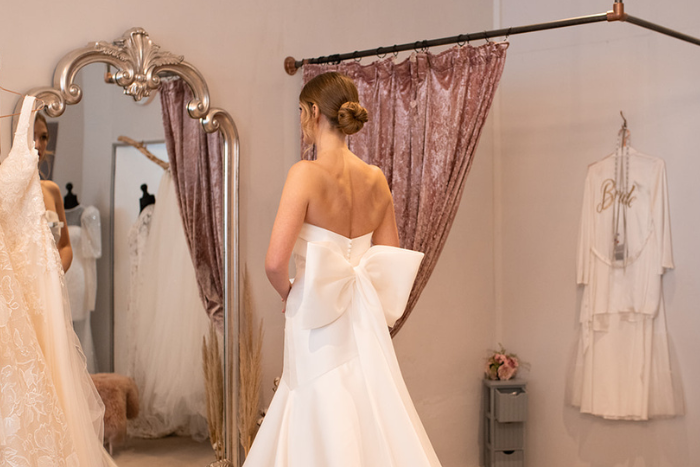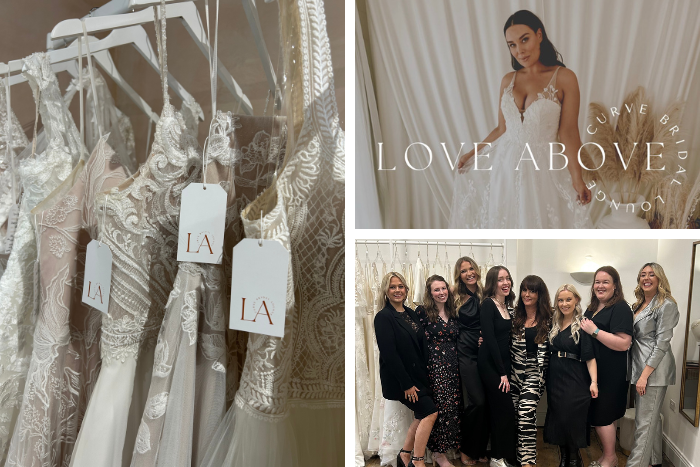Ask Jo: commitment strategies and the theory of buyer behaviour
This month, bridal business consultant Jo Stott discusses the importance of influencing, inspiring and informing your bride, using the theory of buyer behaviour to tackle hesitant and non-committing brides.
Aimee Bridal Couture - We often experience brides who want to try on every dress in every store before committing. What strategy can I adopt to ensure brides commit to buying from us?
This is a big two-part question, so let’s break this down and address both pieces.
How can I deal with the experience of brides who want to try on every dress in every store before committing?What strategies can be adopted to ensure brides commit to buying from us?
Always turn to your marketing for this answer: what you say, how well you say it (relevance of your vocab to your wider brand) and to whom.
To really help you deal with your consumer wanting to shop about, it is important to understand that everyone is different and makes different buying decisions.
Let’s address the four forms of decision making:
Routine Response - Brand recognition and repetition play a large part in this type of buying behaviour. People will purchase a brand they recognise, have tried before, or like the best, which does not take much thought and is very easy to do.
Limited Decision Making - Often mid-level, occasional buying decisions fall into this category. They require some research and a little amount of thought before making a choice.
Extensive Decision Making – Buying decisions that involve a big financial investment or personal impact fall into this category. Most buyers will spend an extensive amount of time researching before making a decision and deciding on a product or service.
Impulse Buying – An impulse buy has no prior planning. It is a purchase made on a whim and with little thought. It is often irrational and in the moment.
Couple this with the theory of buying:
- We buy to maximise benefits we derive from the sale or exchange
- We buy with irrational factors and allow ourselves to be influenced by word of mouth, herd mentality and familiar choices
- We buy as a thinker and problem solver who responds to a range of external and internal factors. External stimuli will be marketing, product, price, place, promotion, and internal stimuli may be values, knowledge, motives, lifestyle and simply who they are as a person
Therefore, buyer behaviour is described as both predictable and irrational. The above helps us to know that we cannot stop our consumer from continuously scrolling through the internet or physically shopping. However, let’s really concentrate on the three generations coming through our store door today and how best to connect with them.
To really help us strategise we need to know our target market. We have three target markets and understanding all three will help us to discern why we market in a specific way and how this connects. Plus, it can also help us to understand how we can correspond our strengths in-store (sales scripts, for example) with what matters to each generation, in turn, improving sales.
Gen X – Status-Oriented Consumers: They buy a luxury experience and most importantly buy into luxury goods (this is my generation, and we always want the best from the best shop).
Millennials – Experience-Based Consumers: They want a ‘once in a lifetime experience’ and that is the basic expectation. We connect by saying “come into our store and experience the perfection we have to offer” which means carefully curated items.
Gen Z – Community-Based Consumers: Very much also an experience-based generation, wanting an individualised ‘belonging’ experience. They want to see, feel and hear about sustainability and your wider actions.
A closed sale begins with hello: ensure you know who you are connecting with and speak with their vocabulary.
You also need to ensure your bride is wanting to visit your store for the right reasons. Right now, we are still experiencing the pent-up demand of the last 16 months, hence experiencing some cancellations/no shows.
This is not because our consumer is not wanting to visit our branded store as much but more due to their need to buy a dress. Always think about inspiring, informing, and influencing in your pre-sale.
Re-evaluate and practice your scripting and connecting skills within your store so that you can transfer confidence between you and your bride in such a way that you are aware of your brides’ hopes, dreams, and fears at the beginning of her visit. You cannot stop a bride from going elsewhere, but you can connect with her on such an intimate level which solves her problems, influences, and educates her. Begin with your personal commitment to brilliance and keep moving forward.
To summarise, you should always ask yourself:
- What does your pre-sale look like?
- How do you connect with your bride once she is in your store?
- At what point do you find out your consumer wants to look around?
- What have you done to ensure you pull the right gowns in the right sequence?
- What has your bride given you, for you to think it is ‘the one’?
Final Hints and Tips
- Use your time effectively as a stylist
- Build your credibility, reliability and vulnerability for both your store brand and your personal brand
- Know and understand your impact as a brand
- Articulate real value
- Understand obstacles: they are designed to be overcome
If you have a question you would love for Jo to answer, you can contact her at jo@jostottconsultancy.co.uk.
